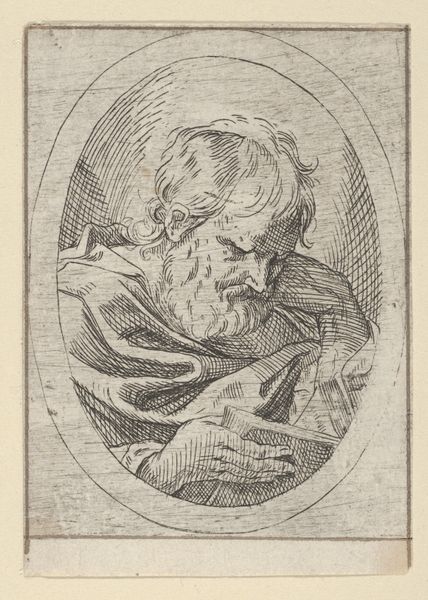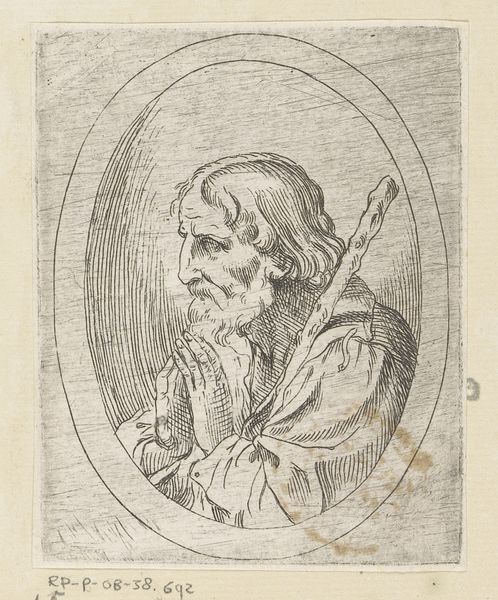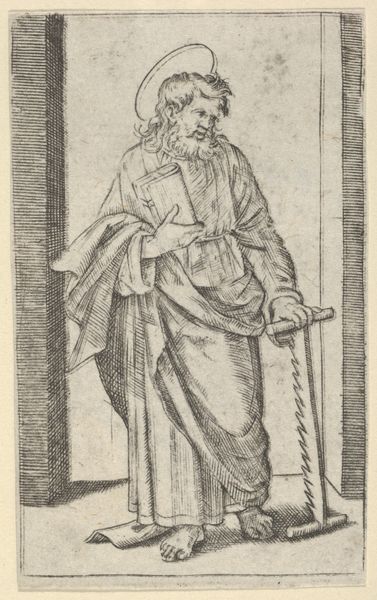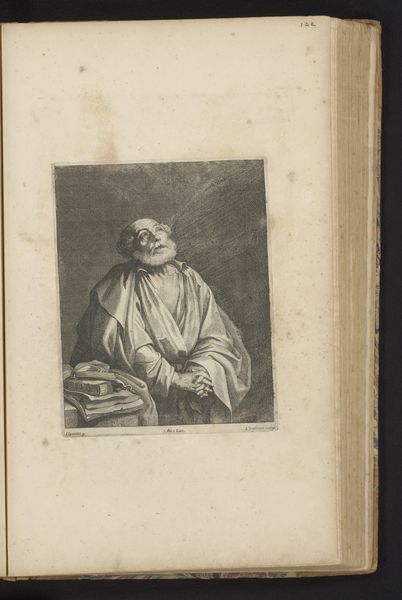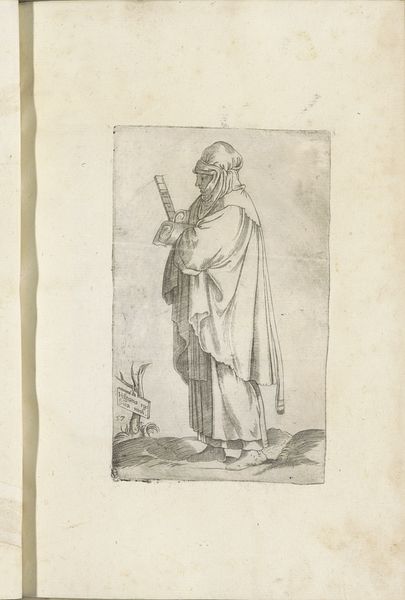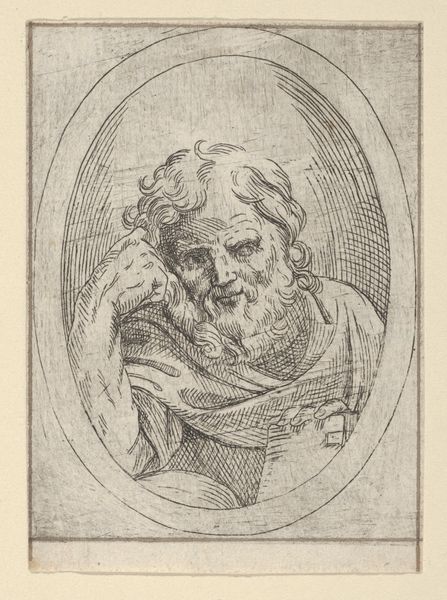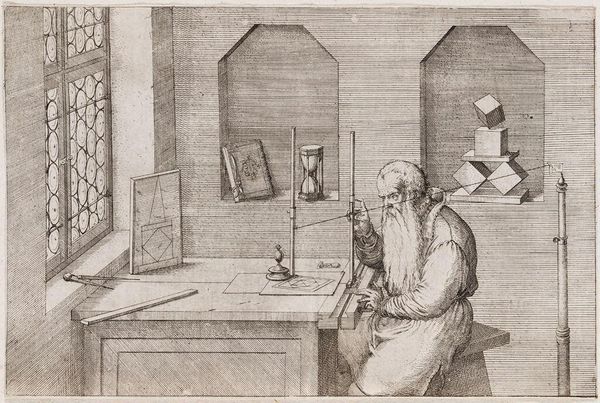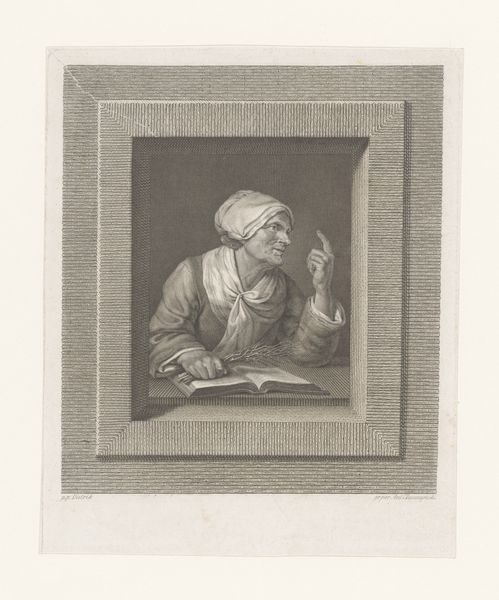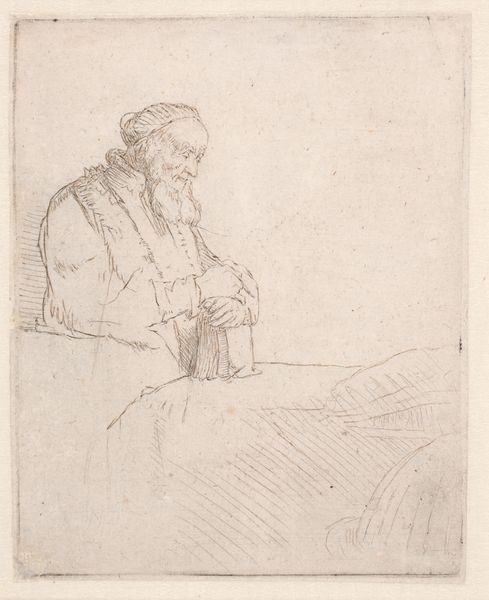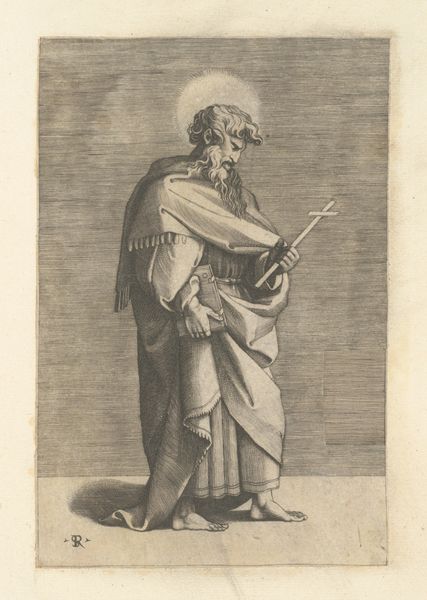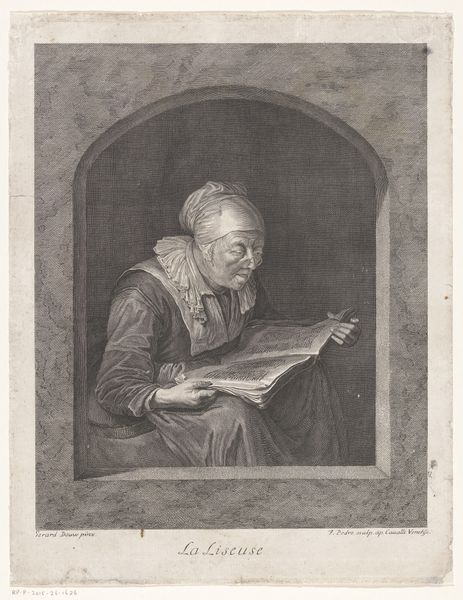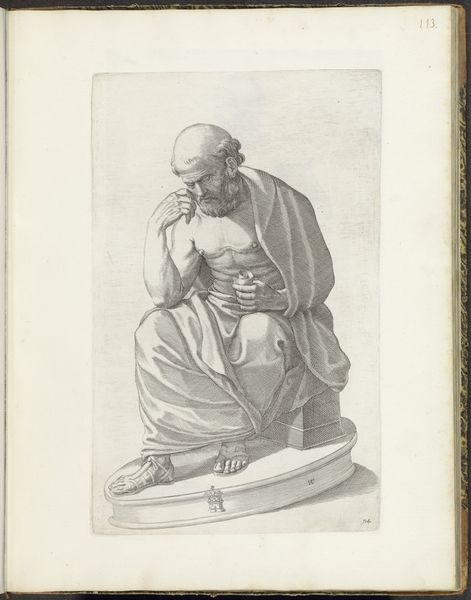
Gammel mand (en doge?), halvfigur, profil t.h. med fremstrakte hænder 1522 - 1592
0:00
0:00
drawing, charcoal
#
portrait
#
drawing
#
charcoal drawing
#
11_renaissance
#
charcoal
#
charcoal
#
italian-renaissance
Dimensions: 120 mm (height) x 169 mm (width) (bladmaal)
Editor: Here we have a charcoal drawing entitled "Gammel mand (en doge?), halvfigur, profil t.h. med fremstrakte h\u00e6nder" – or "Old man (a doge?), half-figure, profile to the right with outstretched hands" – created sometime between 1522 and 1592 by Bernardino Campi. I'm immediately struck by the man’s hands. They seem to be reaching for something, or perhaps gesturing in supplication. What do you see in this piece? Curator: Those hands are fascinating. They lead me to think about power, access, and perhaps the anxieties surrounding both during the Renaissance. The "doge?" in the title is telling, suggesting a reading of a figure of authority whose position is precarious. Campi renders him not as a strong, confident leader, but vulnerable, his hands almost pleading. The charcoal medium further softens the image, stripping it of sharp authority. Consider the historical context: the shifting political landscape of Renaissance Italy, with its power struggles and challenges to established norms. Who truly held power, and what did they have to do to maintain it? Editor: That’s a really interesting point. I hadn’t considered the inherent instability even within positions of authority. Curator: Exactly. And look at his clothing, how it drapes. What statements can we make on luxury and class? Campi’s portrait raises questions about performativity – what did it mean to *look* powerful, and how did that image relate to lived reality? This intersects with Renaissance ideals of masculinity. Does this “doge” fit into those ideals, or does Campi present a more nuanced perspective? Editor: It really makes you question the accepted narratives. His expression seems more weary than commanding. Curator: Precisely! Campi isn’t simply depicting a powerful figure; he’s prompting us to deconstruct that power, to analyze the anxieties and the performance inherent within it. The drawing serves as a potent reminder of how even images of authority are steeped in the complexities of human experience and its anxieties of representation. Editor: I never would have considered that just by looking at the drawing. Thanks, this has really changed how I see art’s role in documenting more than just appearances. Curator: And it allows us to examine art with our place and identities today, centuries later.
Comments
No comments
Be the first to comment and join the conversation on the ultimate creative platform.
